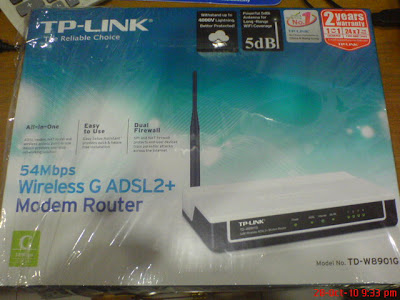Continuing from our previous piece: It is not surprising that most companies that pay consistent dividends also have strong balance sheets, in that the cash pile can be utilised to buffer against short-term earnings shortfalls.
Take for instance, UAC. The company raised payout levels in years of weak earnings to keep dividends from falling too steeply. Payout in 2008 was as high as 95% before falling back to 74% last year on the back of a recovery in earnings.
However, weak earnings prospects may see dividends being pared back, again, this year. Although sales were up 11% year-on-year (y-o-y) in 1H10, net profit dropped 16% over the same period as a result of competitive pricing pressure. Excluding the RM3.3 million in one-off gains, earnings fell by a steeper 51% y-o-y. With rising cost of raw materials such as cement and pulp, UAC expects further margins erosion in 2H10.
Meanwhile, its cash pile has been reduced to roughly RM29 million at end-June 2010, from as high as RM178 million back in 2006 — as the result of earnings weakness in the ensuing years and a RM90 million loan to its holding company.
Net dividends totalled 19.5 sen per share in 2009, or 74% of net profit, which gave shareholders a return of 5.6% at the current share price of RM3.46. The company indicated that dividend payout in 2010-2011 would be at least 60% of profits. But looking at its current pace of earnings, we doubt investors will earn a similar yield on the stock this year.
UAC is one of the largest manufacturers of cellulose fibre cement products in the country. Fibre cement products are used primarily in residential houses as ceilings, roofing, cladding, eave lining and partitioning. It also manufactures steel roof trusses used for public buildings like schools, computer labs and polytechnics.
UAC is 65.2% owned by the Boustead group, which is in turn controlled by Lembaga Tabung Angkatan Tentera.
Cash pile keeps YHS’ dividends fairly steady
Similarly, Yeo Hiap Seng (M) Bhd’s strong cash position — net cash totalling RM89.1 million at end-June 2010 — helped keep dividends fairly steady despite earnings swings over the past few years.
For instance, the home-grown food & beverage company paid net dividends totalling 6.75 sen per share in 2009, despite reporting net loss of RM11.1 million dragged down by some RM15.3 million in non-cash assets impairment charges. Its existing cash pile is sufficient to cover 8.6 times dividends at this level.
Positively, investors could be rewarded with higher dividends this year. The company’s underlying business fared much better in 1H10, operating earnings improving to RM10.8 million from RM1.7 million in the previous corresponding period. YHS attributed its improvement to lower raw material costs and better overhead costs control. Net profit for the period strengthened to RM300,000, after taking into account RM11 million in assets impairments, from a net loss of RM6.6 million in 1H09.
We estimate net dividends this year could improve to 10 sen per share, which would give shareholders a net yield of 6.8% at the current price of RM1.47.
From a small shop making soya sauce, YHS has grown over the years, expanding its product range to include soya bean and Asian traditional beverages, chilli and culinary sauces, sesame oil and instant noodles — marketed under household brand names such as Yeo’s, Cintan and Justea.
Can TM sustain larger than earnings payout?
Whilst a strong balance sheet can provide buffer against short-term earnings swings, dividends that consistently exceed earnings would be difficult to sustain over the longer-term, particularly if the capital expenditure requirements remain high.
Telekom Malaysia (TM) could be such a case. The telco currently has a dividend policy of RM700 million or 90% of net profits, whichever is higher. It stuck to this policy despite earnings falling to RM643 million in 2009. Earnings looks likely to fall short again this year — net profit totalled roughly RM184 million in 1H10, excluding non-cash forex gains.
Its fixed voice business has been on the decline in recent years with the shift towards cellular phones. Meanwhile, its dominance in the fixed broadband segment may also come under pressure with the increasing consumer preference for mobile solutions, for both voice and data.
TM is betting heavily on its fibre-to-home high-speed broadband business to rejuvenate growth — but uptake has been slow and upfront costs are high. The HSBB project carries a RM11.3 billion price tag, of which just about RM2 billion has been spent so far. Taking off the RM2.4 billion that will be covered by the government, TM has to fork out some RM8.9 billion in investments. In addition, its annual maintenance capex could total some RM1 billion. The company estimates capex of some RM2.4 billion this year.
With gearing of almost 40%, or net debt totaling RM2.93 billion at end-June 2010, it would appear that unless earnings improved significantly something would have to give, perhaps sooner rather than later — either to pare back on capital spending or dividend payments. — InsiderAsia





















